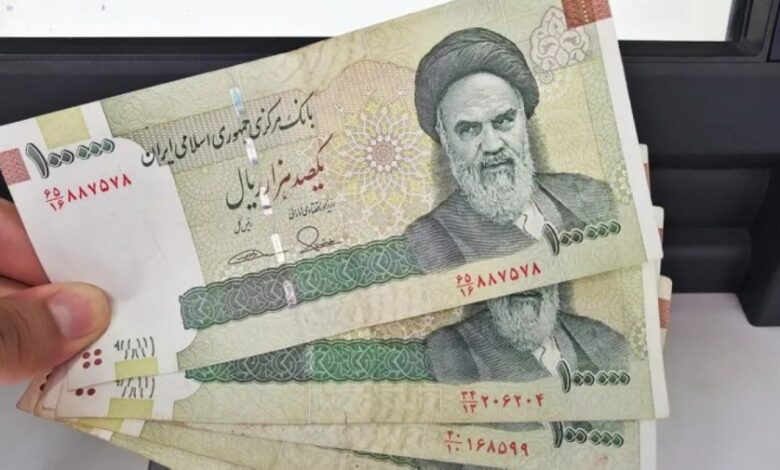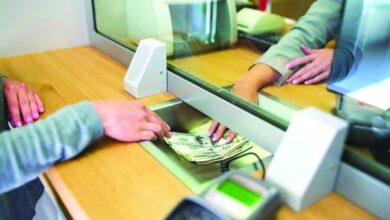
Iran’s Parliament Economic Committee approved a draft bill on Sunday to remove four zeros from the national currency, the rial, a long-discussed measure aimed at simplifying financial transactions amid years of inflation and economic decline driven by sanctions.
According to state media and the parliamentary website Ikana, Committee Chairman Shamsuddin Hosseini confirmed the decision, stating that the proposal preserves the name “rial” for the national currency while eliminating four zeros from its face value.
Central Bank Governor Mohammad Reza Farzin previously acknowledged in May that the rial holds a poor reputation internationally, further reinforcing the need for currency reform. Under the proposed changes, one new rial would equal 10,000 of the current rials and be subdivided into 100 “qirans,” a smaller denomination akin to the cent.
This proposal, initially introduced in 2019 before being shelved, must still pass through a vote in the Iranian Parliament (Majlis) and be approved by the Guardian Council, the oversight body responsible for vetting legislation.
The measure comes at a time when Iran’s currency has lost significant value, especially since the United States exited the 2015 nuclear deal in 2018 and reinstated sanctions. The rial’s depreciation has accelerated in recent months, particularly after Donald Trump’s return to the U.S. presidency, reviving a hardline approach toward Tehran.
On Sunday, the daily newspaper Donia Al-Eqtisad reported that the U.S. dollar was trading on the black market at 925,000 rials, up from 913,500 the previous day.
Officials believe that removing zeros will streamline accounting within government agencies and reduce confusion in daily transactions. For years, Iranians have colloquially used the term “toman” to refer to their currency, which already implies subtracting one zero, often puzzling tourists and complicating financial clarity.
Economic Committee spokesman Governor Mamkan said the government’s goal is to simplify financial operations and oversight, especially within state institutions, as part of broader reforms to stabilize Iran’s troubled economy.












